
- Phone: (123) 0200 12345
- Mailus@TheExperts.com
- Stay Connected:
2023 August

SBFN Toolkit: Developing Sustainable Finance Roadmaps
Year: 2023
by Kevin Fiestas | Biodiversity Protection, Climate / Resilience, Finance, Publications, Sustainability | 0 Comment
The toolkit builds on the SBFN Measurement Framework Methodology, a comprehensive assessment to benchmark sustainable finance progress in line with international standards. It also references existing guidance documents such as the “Toolkits for Policymakers to Green the Financial System” by the World Bank, “An Analysis of Sustainable Finance Roadmaps: Charting the Path to Financial System Transformation” by the Coalition of Finance Ministers for Climate Action and UNDP Financial Centers for Sustainability (FC4S).
Author: Developed by the IFC facilitated Sustainable Banking and Finance Network (SBFN)
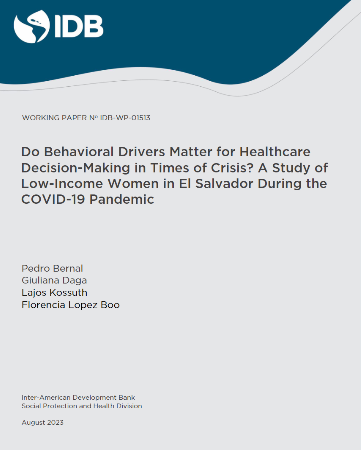
Do Behavioral Drivers Matter for Healthcare Decision-making in Times of Crisis?: A study of Low-Income Women in El Salvador During the COVID-19 Pandemic
Year: 2023
by Kevin Fiestas | Developing countries, Gender, Health, Policy / Governance, Publications | 0 Comment
This study analyzes the relationship between four behavioral predictors the internal locus of control, impatience, optimism bias, and aspirations and healthcare decisions among low-income women in El Salvador. We find positive associations between internal locus of control and preventive health behaviors during the COVID-19 pandemic (use of masks, distance, hand washing, and COVID-19 vaccination) and in general (prenatal checkups, iron-rich diets for children and hypertension tests).
Author: Bernal, Pedro; Daga, Giuliana; Lopez Boo, Florencia
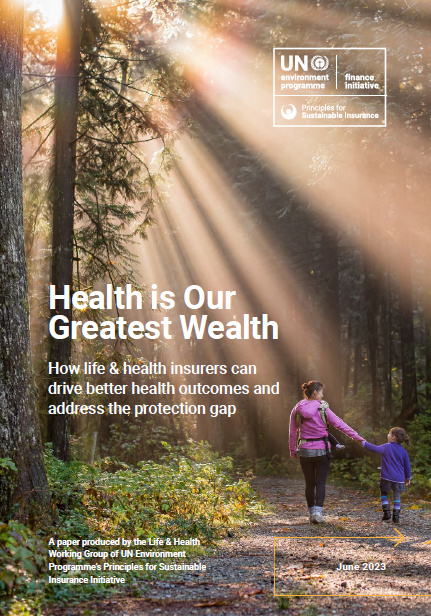
Health is our greatest wealth
Year: 2023
by Kevin Fiestas | Health, Human Development, Infrastructures, Policy / Governance, Publications, Technologies & Innovations | 0 Comment
This paper is particularly important in the context of a post-COVID world. The global
health crisis has highlighted the importance of population access to healthcare and the
need for individuals to take proactive measures to maintain their health and well-being.
At the same time, however, it has contributed to widening the protection gap, especially
for vulnerable groups, due to the exacerbated cost of living crisis, job losses, reduced
incomes, and rising healthcare costs, particularly in low- and middle-income countries.
Author: United Nations
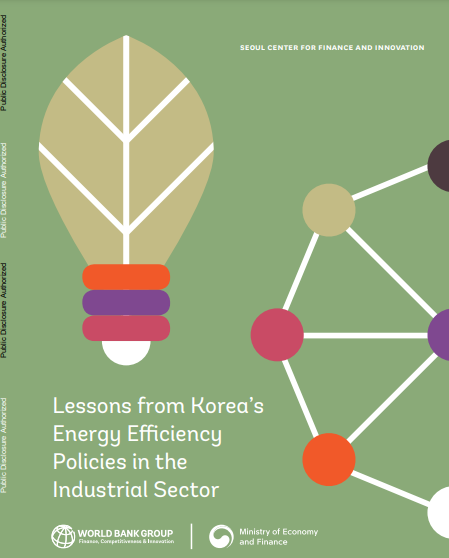
Lessons from Korea’s Energy Efficiency Policies in the Industrial Sector
Year: 2023
by Kevin Fiestas | Climate / Resilience, Economic Development / Stability, Environment / Ecosystem, Infrastructures, Investments, Policy / Governance, Public Sector, Publications | 0 Comment
This report aims to give an overview of Korea’s energy efficiency policy experience for the benefit of policy makers and industry practitioners aiming to promote and scale up energy efficiency improvements in the industry sector, particularly in manufacturing. The report also aims to provide industry practitioners with lessons drawn from practices implemented by industry subsectors and groups of energy-intensive firms in Korea.
Author: World Bank Group
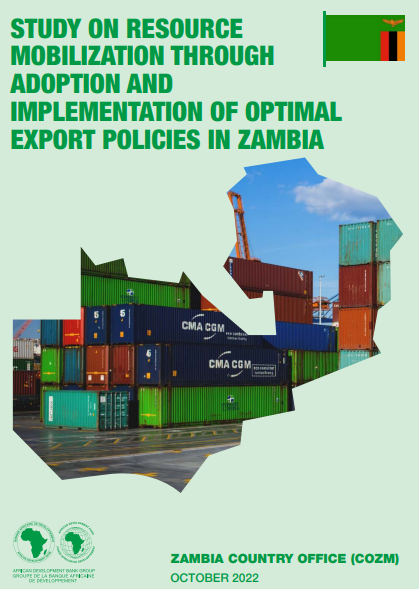
Zambia – Study on Resource Mobilization Through Adoption and Implementation of Optimal Export Policies
Year: 2023
by Kevin Fiestas | Developing countries, Economic Development / Stability, Infrastructures, Investments, Policy / Governance, Publications, Sustainability | 0 Comment
This study uses a desk review and stakeholder insights to explore the potential role of exports in DRM. While the traditional approach primarily views exports as a significant driver of economic growth, this paper makes a departure from the usual focus on traditional revenue sources (tax and non-tax) by recognizing them as viable revenue sources.
Author: African Development Bank (ADB)

Stronger Social Protection and Labor Systems in Central America for a Resilient and Inclusive Recovery
Year: 2023
by Kevin Fiestas | Developing countries, Human Development, Policy / Governance, Public Sector, Publications | 0 Comment
This report presents an overview of the challenges of SPL systems before and in the aftermath of COVID-19, with the main objective to lay the base for directions for policy reforms. The next section presents an overview of the long-standing challenges of the SPL systems in the sub-re gion, how these challenges helped or constrained its capacity to mitigate the impacts of the COVID-19 pandemic, and the emerging challenges for SPL systems in the aftermath.
Author: Isik-Dikmelik, Aylin; Martinez , Ana Sofia; Ines Rodriguez; Banegas. Nancy; Zviniene, Asta; Jones, Polly; Domenella, Yanina Eliana; Lagos, Roberto; Kindly, Michel
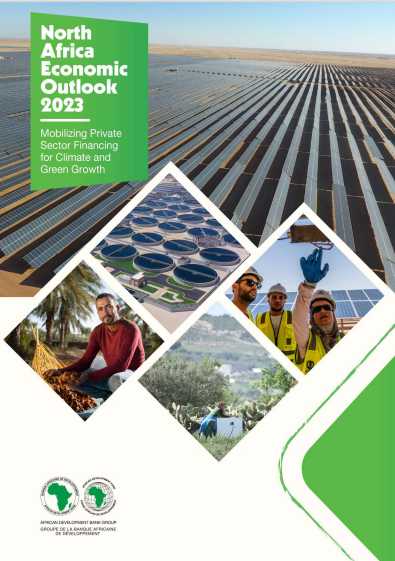
North Africa Economic Outlook 2023
Year: 2010
by Kevin Fiestas | Developing countries, Economic Development / Stability, Economy, Policy / Governance, Publications, Sustainability | 0 Comment
In 2022, North African countries struggled with the challenges of rising inflation and growth recovery, which have been exacerbated by external shocks, including the long-lasting effects of the COVID-19 pandemic and the spillover effects of Russia’s invasion of Ukraine. The region registered moderate economic growth of 4.1 percent in 2022 against 5.4 percent in 2021.
Author: African Development Bank (ADB)

The Leaders of the Twin Transition in Asia: Mapping Capabilities through Digital and Green Patents
Year: 2023
by Kevin Fiestas | Biodiversity Protection, Climate / Resilience, Digitalization, Infrastructures, Investments, Policy / Governance, Publications, Technologies & Innovations | 0 Comment
The purpose of this paper is to (i) explore how technological relatedness conditions the progress in the digital and green transitions in Asian cities, (ii) identify the cities that are currently leading, as well as those that are most likely to take a prominent role in developing and implementing the Twin Transition technologies in the coming years, and (iii) determine which of these cities has the potential to leverage complementarities to develop green and digital technologies.
Author: World Bank Group
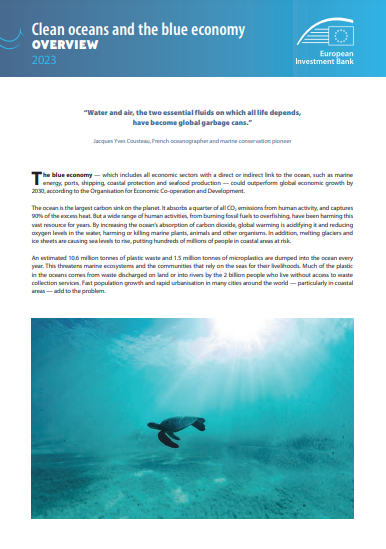
Clean oceans and the blue economy Overview 2023
Year: 2010
by Kevin Fiestas | Biodiversity Protection, Climate / Resilience, Infrastructures, Investments, Publications, Sustainability | 0 Comment
Keeping the ocean clean and healthy is crucial for sustainable development and poverty reduction. This is reflected in the UN Sustainable Development Goals (SDG 14: Life Below Water). Financial markets and institutions can play a pivotal role in driving the ocean sustainability agenda. Since 2017, the UN Ocean Conference and the Our Ocean Conference have collected around 1 800 measurable and financial commitments, mobilising $108 billion.
Author: European Investment Bank (EIB)
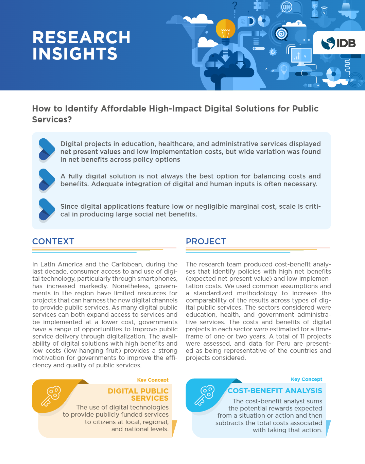
How to Identify Affordable High-Impact Digital Solutions for Public Services?
Year: 2023
by Kevin Fiestas | Digitalization, Health, Policy / Governance, Public Sector, Publications, Technologies & Innovations | 0 Comment
Digital projects in education, healthcare, and administrative services displayed net present values and low implementation costs, but wide variation was found in net benefits across policy options A fully digital solution is not always the best option for balancing costs and benefits. Adequate integration of digital and human inputs is often necessary. Since digital applications feature low or negligible marginal cost, scale is critical in producing large social net benefits.
Author: Cristia, Julian P.; Vlaicu, Razvan
- Demographic Observatory Latin America and the Caribbean 2023. Population dynamics in Latin America and their effects on the labour force
- Implications of Current Cocoa Price Hikes on African Trade and Macroeconomic Performance
- Report of the 2023 AADFI-ADFIAP Joint International CEO Forum
- 2024 Latin American and Caribbean Macroeconomic Report: Ready for Take-Off? Building on Macroeconomic Stability for Growth
- Africa In Figures 2023